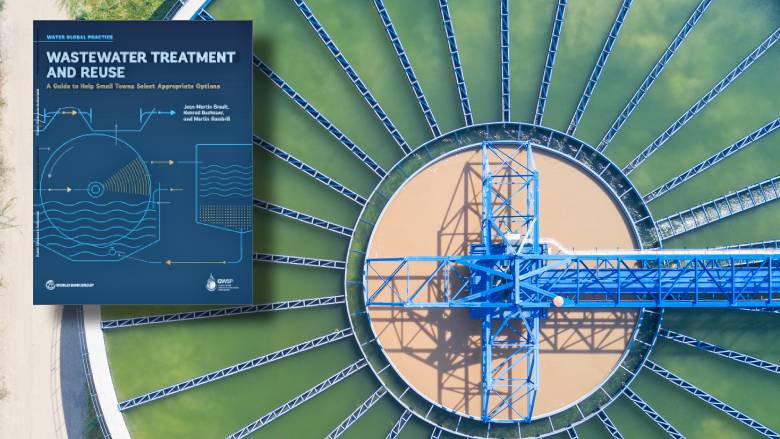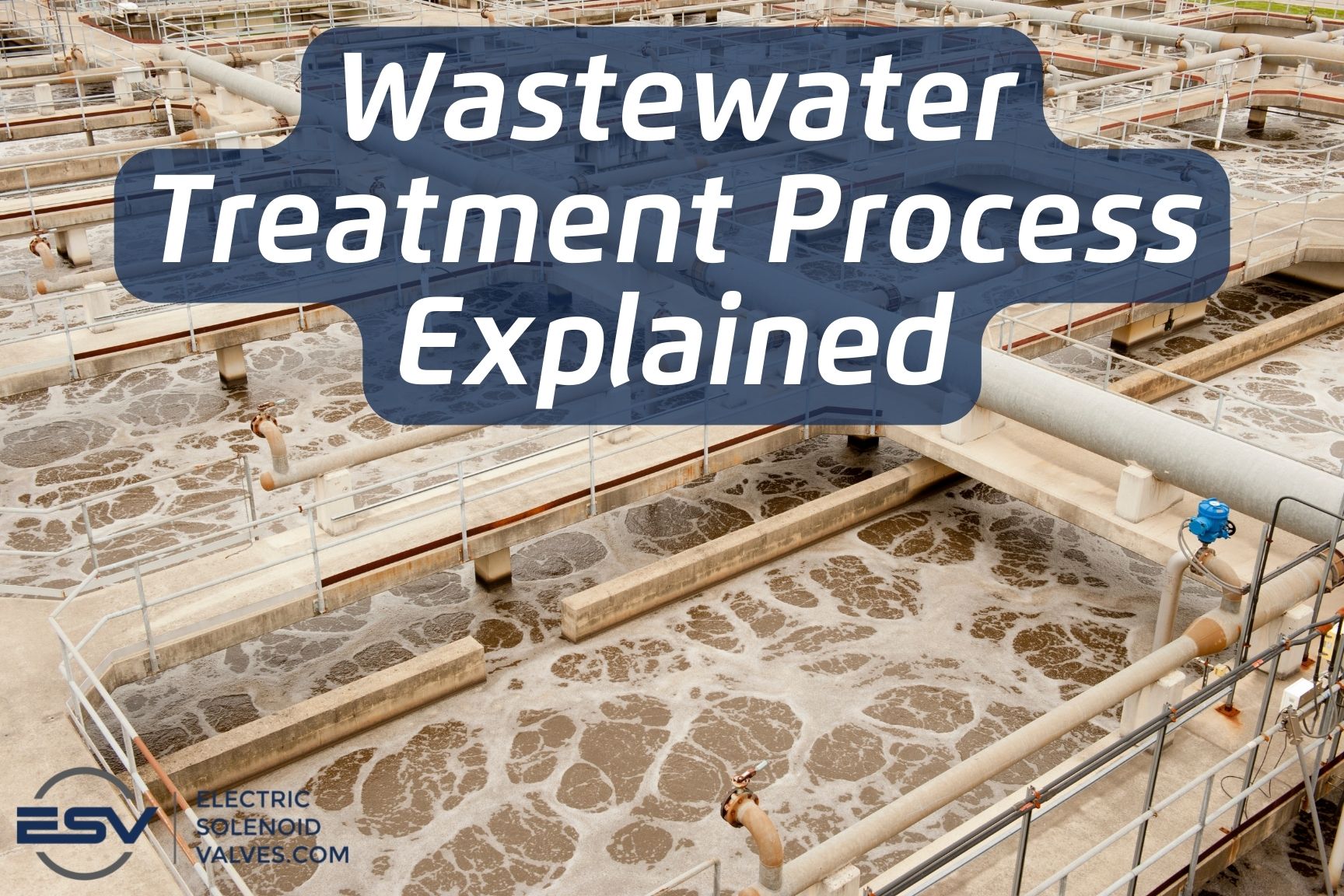The Relevance of Chemical Processes in Waste Water Treatment
The Relevance of Chemical Processes in Waste Water Treatment
Blog Article
Optimizing Waste Water Treatment Processes: Approaches for Improved Water Quality and Resource Recovery
In the realm of wastewater therapy, the pursuit for boosting efficiency and sustainability through procedure optimization is a continuous quest that holds immense relevance. From advanced technologies to innovative resource recovery approaches, the landscape of wastewater treatment is evolving swiftly.
Relevance of Process Optimization
Maximizing waste water therapy processes via precise process optimization is important for maximizing performance and guaranteeing ecological sustainability. By fine-tuning each step of the therapy process, from preliminary intake to final discharge, water therapy facilities can attain greater levels of pollutant removal, decrease power consumption, and lessen the generation of waste by-products. Refine optimization entails examining crucial performance signs, such as hydraulic retention times, sludge retention times, and nutrient levels, to determine locations for enhancement and execute targeted remedies.
Reliable process optimization not just improves the general efficiency of waste water treatment plants yet also contributes to set you back financial savings and governing conformity. By optimizing procedures, operators can attain higher therapy capacities without the demand for substantial infrastructure investments. Additionally, improved therapy effectiveness brings about cleaner effluent discharge, lowering the environmental influence on getting water bodies and ecosystems.

Advanced Therapy Technologies
In the world of waste water treatment, the execution of innovative treatment innovations plays an essential role in improving the general performance and performance of the treatment processes. These cutting-edge technologies supply innovative options to attend to complex pollutants existing in wastewater streams, making certain the removal of contaminants to satisfy stringent water quality criteria. Advanced treatment procedures such as membrane bioreactors, ozonation, progressed oxidation procedures, and turn around osmosis enable the extensive removal of impurities, including emerging contaminants like drugs and individual treatment items.
Additionally, these technologies assist in source recovery by removing useful products such as phosphorus, nitrogen, and power from the wastewater. Progressed nutrient elimination modern technologies can recoup phosphorus and nitrogen for reuse in farming fertilizers, while energy recovery systems like anaerobic digestion can harness biogas for power generation. By incorporating advanced therapy innovations right into wastewater therapy plants, drivers can improve water top quality, lower ecological influence, and relocate towards a more resource-efficient and lasting technique to wastewater management.
Resource Recovery Methods
Resource healing strategies in wastewater therapy procedures play an important function in optimizing the utilization of important resources contained within wastewater streams. One common resource healing technique is the extraction of nutrients like phosphorus and nitrogen from wastewater for reuse as fertilizers or in commercial processes.
Water healing strategies, such as membrane innovations and progressed filtration systems, enable the treatment and reuse of water for non-potable applications like watering or commercial processes. By applying resource recuperation techniques in wastewater therapy plants, not only can valuable sources be saved and reused, but the total sustainability and effectiveness of the treatment process can be significantly boosted. As the focus on source deficiency and environmental sustainability remains to grow, the Recommended Reading value of incorporating resource recovery techniques into wastewater therapy processes ends up being significantly noticeable.
Lasting Practices in Wastewater Treatment
Carrying out lasting practices in wastewater therapy facilities is important for enhancing environmental stewardship and long-lasting functional effectiveness. Lasting methods in wastewater therapy encompass a variety of approaches focused on decreasing the environmental influence of treatment processes while taking full advantage of resource recuperation. One essential facet of lasting wastewater therapy is the implementation of energy-efficient modern technologies to reduce the carbon footprint of treatment plants. This can consist of using renewable resource sources such as solar or wind power, in addition to the optimization of existing processes to lessen power consumption.
Furthermore, the fostering of innovative therapy technologies that advertise water reuse and recycling plays a crucial role in sustainable wastewater administration. By treating wastewater to a high standard, it can be repurposed for various non-potable applications, such as irrigation, commercial processes, and also safe and clean water production in some instances. This not just conserves important freshwater sources however likewise reduces the volume of effluent released into the environment.

Situation Studies on Successful Optimization
As wastewater therapy facilities progressively concentrate on sustainable methods, real-world case studies showcasing successful optimization approaches function as very useful versions for sector innovation. One such instance research rotates around the execution of advanced nutrient elimination modern technologies browse around this site in a municipal wastewater therapy plant. By incorporating organic nutrient elimination procedures and enhancing functional parameters, the center achieved significant decreases in nitrogen and phosphorus levels discharged right into receiving waters, ultimately boosting total water quality.
An additional significant study involves the combination of anaerobic food digestion systems in a commercial wastewater treatment plant to enhance energy recovery and resource efficiency (Waste Water Treatment). Through the food digestion of organic waste materials, the center not only produced biogas for energy manufacturing however additionally decreased the volume of sludge requiring disposal. This double advantage not only improved the plant's sustainability efficiency however also caused price savings
These successful optimization approaches demonstrate the possibility for wastewater therapy centers to accomplish both ecological and economic advantages via efficient processes and innovative approaches. By picking up from these study, market specialists can better maximize their very own procedures to enhance water top quality and resource healing.
Final Thought
To conclude, maximizing waste water therapy procedures via advanced technologies, source recuperation strategies, and lasting techniques is vital for improving water quality and making best use of source recuperation. Waste Water Treatment. Case research studies have moved here demonstrated effective implementation of optimization methods in numerous wastewater therapy centers. By remaining to focus on process optimization, we can guarantee reliable and effective treatment of wastewater, eventually bring about a more sustainable and environmentally friendly technique to managing water resources
By fine-tuning each action of the treatment procedure, from preliminary consumption to final discharge, water therapy facilities can achieve higher levels of pollutant removal, lower energy usage, and lessen the generation of waste spin-offs.In the world of waste water therapy, the execution of advanced treatment modern technologies plays a crucial function in enhancing the overall effectiveness and effectiveness of the treatment processes. By incorporating innovative treatment innovations right into wastewater treatment plants, drivers can enhance water top quality, reduce environmental impact, and relocate in the direction of an extra resource-efficient and sustainable strategy to wastewater monitoring.
By implementing source healing strategies in wastewater treatment plants, not just can valuable resources be preserved and reused, yet the total sustainability and effectiveness of the treatment procedure can be substantially boosted. Lasting methods in wastewater therapy include a range of methods intended at reducing the ecological impact of therapy processes while taking full advantage of source healing.
Report this page